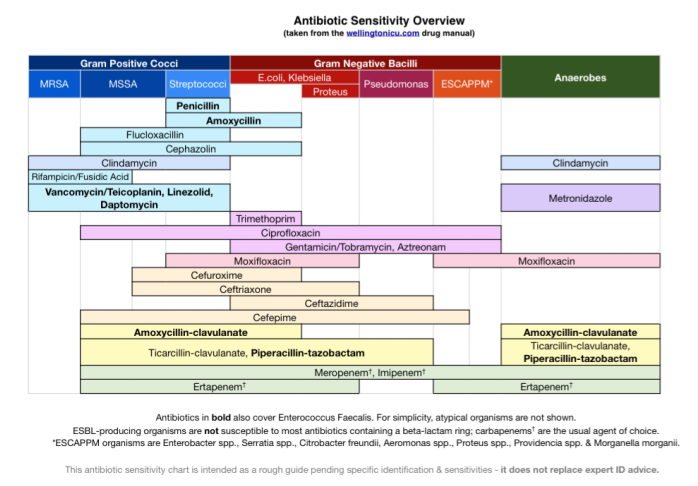


5 In the multivariable logistic regression model adjusting for age, sex, race, surgery type, American Society of Anesthesiologists risk class, procedure duration, and wound class, a reported penicillin allergy was associated with increased odds of surgical site infection (adjusted odds ratio, 1.51 95% CI, 1.02-2.22). A study of over 9000 surgeries found that the odds of getting a surgical site infection were higher in patients who were not given cefazolin due to concerns about a penicillin allergy. There are clear patient care consequences of avoiding cefazolin, especially as surgical prophylaxis. It is our belief that avoidance of cefazolin due to concerns about cross-reactivity results in measurable patient harm and is not supported by published evidence. 2-4 Unfortunately, cefazolin is often avoided in patients with penicillin allergies due to the concern for cross-reactivity between penicillins and cephalosporins. The results of several studies show that patients treated with cefazolin have lower mortality rates, fewer adverse events, and less allergic reactions compared with the antistaphylococcal penicillins, nafcillin and oxacillin. 1 Additionally, cefazolin has become a first-line choice for the treatment of methicillin-sensitive Staphylococcus aureus infections.

It is the preferred choice for a majority of procedures in the surgical prophylaxis guidelines endorsed by the American Society of Health-System Pharmacists, the Infectious Diseases Society of America, the Surgical Infection Society, and the Society for Healthcare Epidemiology of America. The first-generation intravenous cephalosporin, cefazolin, is a workhorse in most hospitals.


 0 kommentar(er)
0 kommentar(er)
